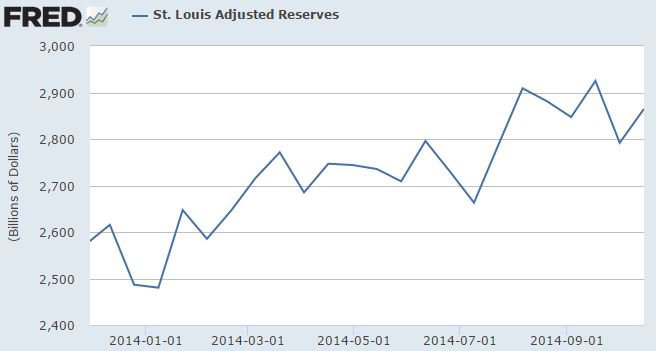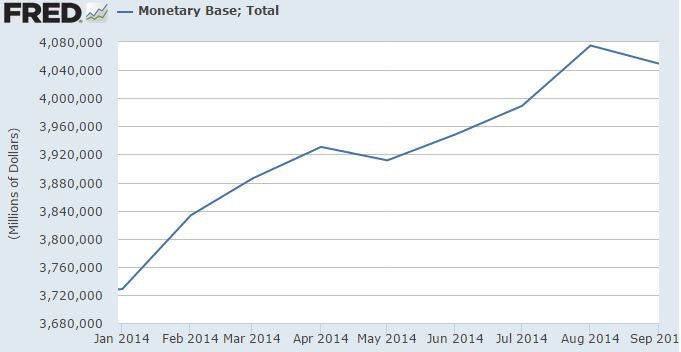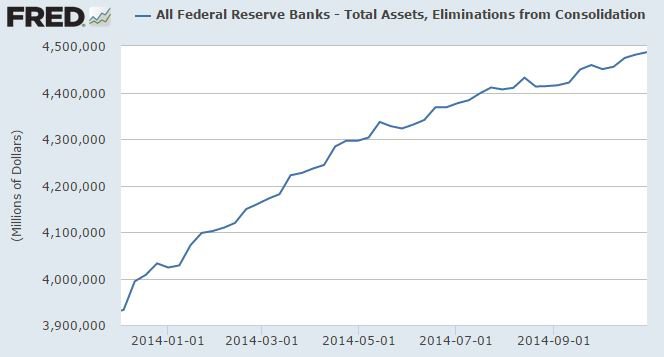The Federal Reserve Is, and Always Has Been, Politicized – Article by Ron Paul
Audit the Fed recently took a step closer to becoming law when it was favorably reported by the House Committee on Oversight and Government Reform. This means the House could vote on the bill at any time. The bill passed by voice vote without any objections, although Fed defenders did launch hysterical attacks on the bill during the debate as well as at a hearing on the bill the previous week.
One representative claimed that auditing the Fed would result in rising interest rates, a stock market crash, a decline in the dollar’s value, and a complete loss of confidence in the US economy. Those who understand economics know that all of this is actually what awaits America unless we change our monetary policy. Passing the audit bill is the vital first step in that process, since an audit can provide Congress a road map to changing the fiat currency system.
Another charge leveled by the Fed’s defenders is that subjecting the Fed to an audit would make the Fed subject to political pressure. There are two problems with this argument. First, nothing in the audit bill gives Congress or the president any new authority to interfere in the Federal Reserve’s operations. Second, and most importantly, the Federal Reserve has a long history of giving in to presidential pressure for an “accommodative” monetary policy.
The most notorious example of Fed chairmen tailoring monetary policy to fit the demands of a president is Nixon-era Federal Reserve Chair Arthur Burns. Burns and Nixon may be an extreme example — after all no other president was caught on tape joking with the Fed chair about Fed independence, but every president has tried to influence the Fed with varying degrees of success. For instance, Lyndon Johnson summoned the Fed chair to the White House to berate him for not tailoring monetary policy to support Johnson’s guns-and-butter policies.
Federal Reserve chairmen have also used their power to shape presidential economic policy. According to Maestro, Bob Woodward’s biography of Alan Greenspan, Bill Clinton once told Al Gore that Greenspan was a “man we can deal with,” while Treasury Secretary Lloyd Bentsen claimed the Clinton administration and Greenspan’s Fed had a “gentleman’s agreement” regarding the Fed’s support for the administration’s economic policies.
The Federal Reserve has also worked to influence the legislative branch. In the 1970s, the Fed organized a campaign by major banks and financial institutions to defeat a prior audit bill. The banks and other institutions who worked to keep the Fed’s operations a secret are not only under the Fed’s regulatory jurisdiction, but are some of the major beneficiaries of the current monetary system.
There can be no doubt that, as the audit bill advances through the legislative process, the Fed and its allies will ramp up both public and behind-the-scenes efforts to kill the bill. Can anyone dismiss the possibility that Janet Yellen will attempt to “persuade” Donald Trump to drop his support for Audit the Fed in exchange for an “accommodative” monetary policy that supports the administration’s proposed spending on overseas militarism and domestic infrastructure?
While auditing the Fed is supported by the vast majority of Americans, it is opposed by powerful members of the financial elite and the deep state. Therefore, those of us seeking to change our national monetary policy must redouble our efforts to force Congress to put America on a path to liberty, peace, and prosperity by auditing, then ending, the Fed.
Ron Paul, MD, is a former three-time Republican candidate for U. S. President and Congressman from Texas.
This article is reprinted with permission from the Ron Paul Institute for Peace and Prosperity.




